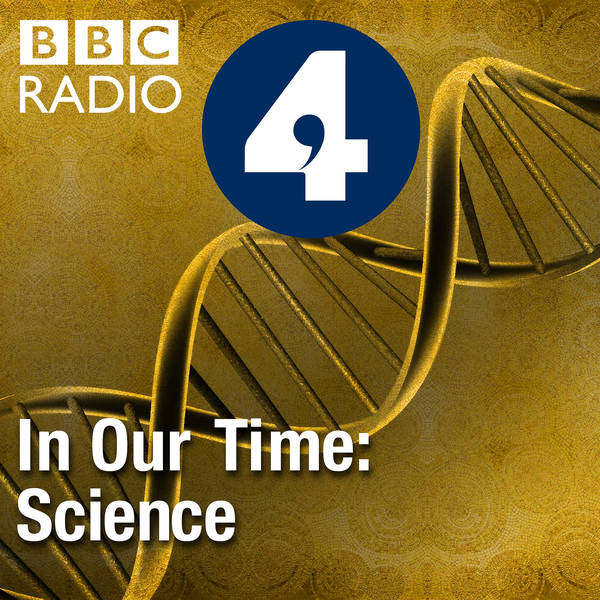
Superconductivity
Melvyn Bragg and guests discuss the discovery made in 1911 by the Dutch physicist Heike Kamerlingh Onnes (1853-1926). He came to call it Superconductivity and it is a set of physical properties that nobody predicted and that none, since, have fully explained. When he lowered the temperature of mercury close to absolute zero and ran an electrical current through it, Kamerlingh Onnes found not that it had low resistance but that it had no resistance. Later, in addition, it was noticed that a superconductor expels its magnetic field. In the century or more that has followed, superconductors have already been used to make MRI scanners and to speed particles through the Large Hadron Collider and they may perhaps bring nuclear fusion a little closer (a step that could be world changing).
The image above is from a photograph taken by Stephen Blundell of a piece of superconductor levitating above a magnet.
With
Nigel Hussey Professor of Experimental Condensed Matter Physics at the University of Bristol and Radbout University
Suchitra Sebastian Professor of Physics at the Cavendish Laboratory at the University of Cambridge
And
Stephen Blundell Professor of Physics at the University of Oxford and Fellow of Mansfield College
Producer: Simon Tillotson
